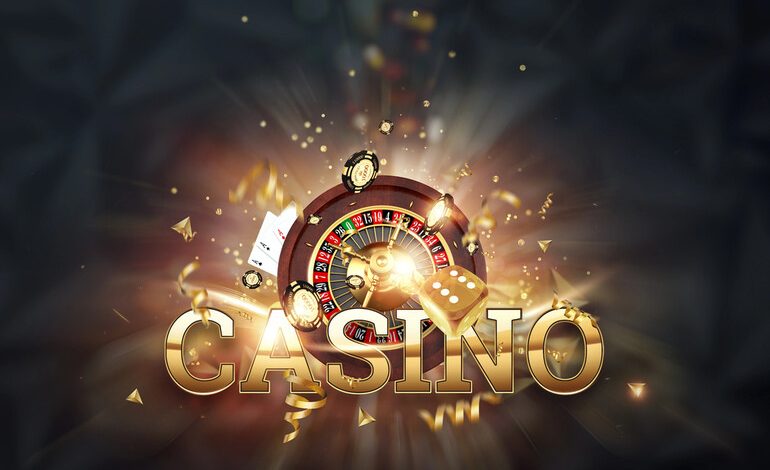
The Fascinating World of Lucky Star
When it comes to the realm of anime, few titles have captured the hearts and minds of viewers as much as lucky star lucky star. This beloved series, known for its distinctive art style and humor, has become a cultural phenomenon that transcends borders. In this article, we will delve into the origins of Lucky Star, explore its key themes, characters, and examine its impact on both the anime industry and popular culture.
Origins of Lucky Star
Lucky Star, originally a manga series created by Kagami Yoshimizu, debuted in 2004. The series quickly gained traction, leading to an anime adaptation released in 2007 by Kyoto Animation. Renowned for its slice-of-life storytelling and relatable characters, Lucky Star offers a comedic take on the everyday lives of a group of high school girls. Its unique charm is rooted in the subtle, often random humor that reflects the experiences of youth, friendship, and the quirks of otaku culture.
Main Characters
The series revolves around four prominent characters: Konata Izumi, Kagami Hiiragi, Tsukasa Hiiragi, and Miyuki Takara. Each character embodies distinct personality traits that resonate with different segments of the audience:
- Konata Izumi: The protagonist, a blue-haired girl with a penchant for video games and anime, often represents the typical otaku lifestyle. Her carefree attitude and wit make her a fan favorite.
- Kagami Hiiragi: The hot-headed schoolgirl and Konata’s best friend, Kagami is often the voice of reason amidst the chaos. Her character serves to highlight the juxtaposition between maturity and childishness.
- Tsukasa Hiiragi: Unlike her sister Kagami, Tsukasa is more laid-back and carefree. Her naivety and cute demeanor add to the show’s humor and charm.
- Miyuki Takara: The intelligent and polite character, Miyuki brings a touch of elegance to the group. Her interests in academics and science often lead to amusing exchanges with her friends.
Art Style and Animation
One of the defining features of Lucky Star is its art style. The character designs are distinctly cute and simplistic, which contributes to the overall light-hearted tone of the series. Kyoto Animation’s expertise in animation shines through, especially in the fluid movements and expressive facial reactions of the characters. The meticulous attention to detail not only enhances the storytelling but also immerses viewers in the slice-of-life experience.

Thematic Elements
Lucky Star explores a range of themes that resonate with its audience. The primary focus is on friendship and the bonds that develop during high school years. Additionally, the show delves into the worlds of gaming, anime, and otaku culture, providing commentary on the lifestyles and subcultures that attract millions globally. The dialogues are peppered with references to popular anime, manga, and games, creating a sense of community for viewers who share these interests.
Moreover, the series does an excellent job of blending humor with heartfelt moments, allowing for a relatable exploration of the uncertainties and joys of adolescence. As viewers follow Konata and her friends through their daily escapades, they witness the highs and lows of teenage life, which fosters a deep connection to the characters.
Cultural Impact
Since its release, Lucky Star has had a significant cultural impact both in Japan and internationally. The series has given rise to a plethora of merchandise, fan works, and even cafes dedicated to its themes. The popularity of its catchphrases and memes, such as the “Lucky Star dance,” has permeated pop culture, inspiring parodies and references across various media platforms.
More importantly, Lucky Star has played a crucial role in popularizing the slice-of-life genre within anime. Its success paved the way for similar series that focus on daily life and character interactions rather than overarching narratives. The show’s influence can be seen in countless anime that followed, utilizing similar humor and character dynamics.
Conclusion
In conclusion, Lucky Star stands as a testament to the power of slice-of-life storytelling within the anime medium. Its endearing characters, clean animation style, and relatability have solidified its place in the hearts of fans around the globe. More than just an anime, Lucky Star represents a cultural touchstone that encapsulates the joys of friendship, the quirks of youth, and the richness of otaku culture.
Whether you’re a longtime fan or a newcomer to the series, Lucky Star offers an inviting world filled with humor and warmth. Its unpretentious approach makes it a timeless piece that continues to be celebrated in the vast landscape of anime.